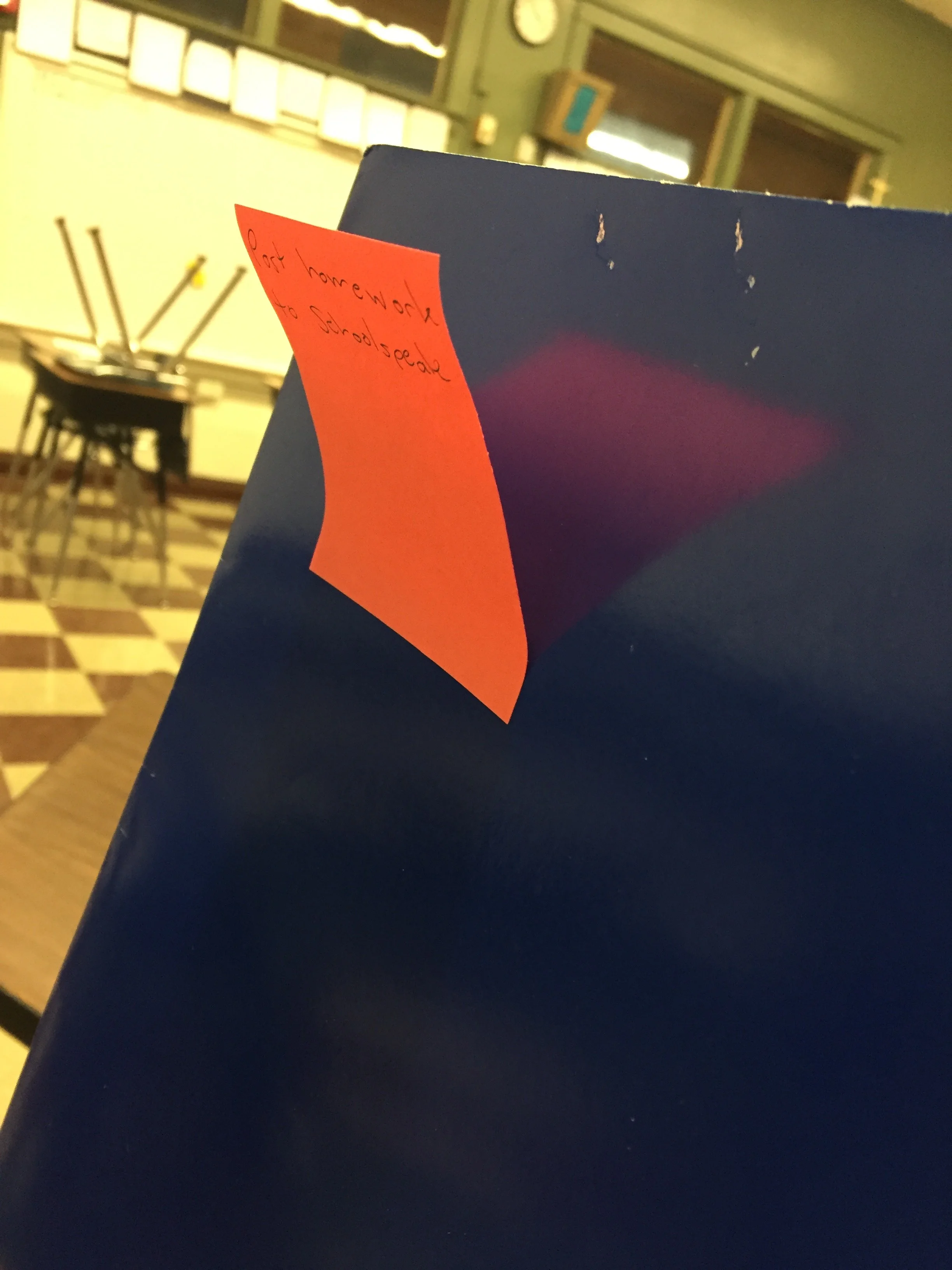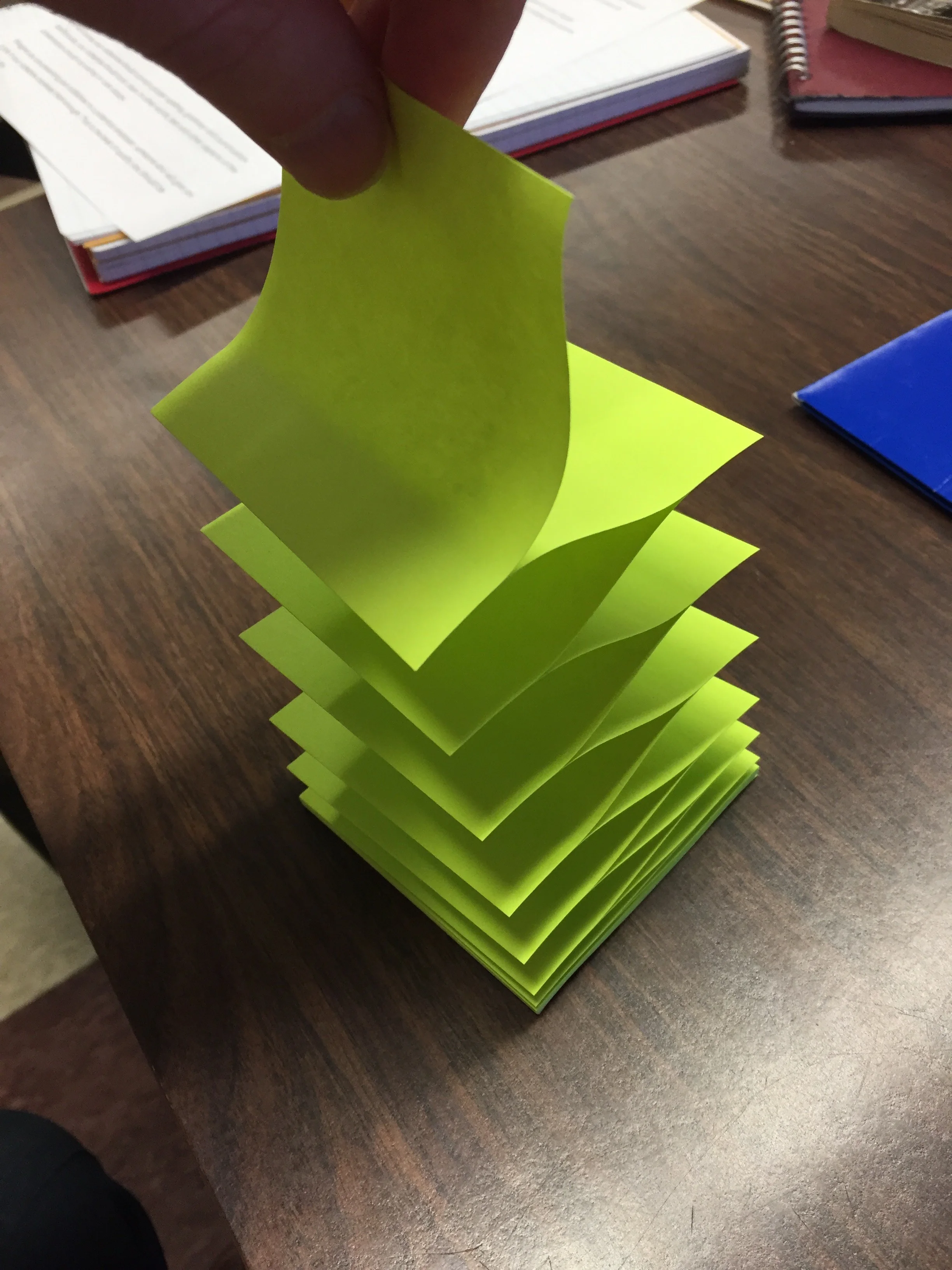Snow Days Must Live!!
/Think back to when you were 8 years old and the local weatherman would deliver the following message:
“We’ve got a big snowfall on the way, folks. I mean, we’re talking somewhere in the neighborhood of 10 to 16 inches of snow in the next 18 hours. Expect dangerous driving conditions and severe traffic. All in all, it’s probably best for you and your family to just stay inside.”
That message, to a child who has school the next day, was pure gold. It, along with the bountiful snow flurries falling outside their window, signaled the overwhelming likelihood that school would be closed. It signaled…a snow day.
Snow days aren’t fun. Or cool. Or nice. No. Those words are insufficient. Snow days are magical. The confluence of conditions that comprise a classic snow day are uniquely special.
First, there is the sudden, out-of-nowhere cancellation of something every child is happy to miss, at least for one day: school. There’s no classes, no lectures, no reprimands, and no homework. It’s a complete reprieve from responsibility.
Second, there’s the possibility which a snow day brings. The classic “winter wonderland” conditions we all hope for around Christmastime are, in fact, a relatively rare occurrence in most places. It’s unusual for a child to have their pick of sledding, ice skating, building a snowman, or having a snowball fight. A snow day provides that. Conversely, for those who want to stay indoors, the surfeit of snow outside enhances and amplifies the loveliness of being inside. Reading a book, doing a puzzle, playing a video game, and drinking hot chocolate are all that much better when there’s snow heaped all over roads and roofs.
Altogether, snow days encapsulate the wonder of childhood better than nearly any other situation or occurrence. They can create memories that last a lifetime.
Unfortunately, snow days are under threat, and if current trends persist, they may soon be a thing of the past.
Covid-19 has changed how the whole world works. We’re all sick of hearing about it, but it’s true. Insofar as education is concerned, remote learning became necessary for most students over the past couple of years. Zoom and other remote learning applications became central to the teaching and learning process, including at the middle school where I teach. Now, even as most students have migrated back to in-school learning, those remote learning applications are here to stay.
Two nights ago in Chicago, snow poured down from the sky in buckets. Flurries were everywhere, and I could almost hear the voice of that weatherman from my childhood telling me to stay nice and warm inside. And, actually, when morning the next day arrived, I was able to do just that. There was no need for me to go into school and teach.
But there was one crucial difference. We did not have a snow day. No, instead, we had a remote learning day. A remote learning day is exactly what it sounds like. It’s a day when students continue to attend classes, listen to instruction, and complete assignments. They just do so via Zoom rather than in the building, just like they did when Covid-19 was keeping everyone inside all the time.
To be clear, the desire to continue educating kids despite difficult weather conditions is not a bad thing. Learning is important, and wanting to provide students with the opportunity to learn is noble.
But in this case, it’s just the wrong call. Childhood doesn’t last very long, and students, once they become adults, will ultimately spend their whole lives sitting through meetings and completing assignments. And there will be no snow days to save them from that. Until then, while kids are still kids, snow days provide joyous life experiences that are worth far more than just another day of school. We must protect those experiences.
Snow days must live!



























